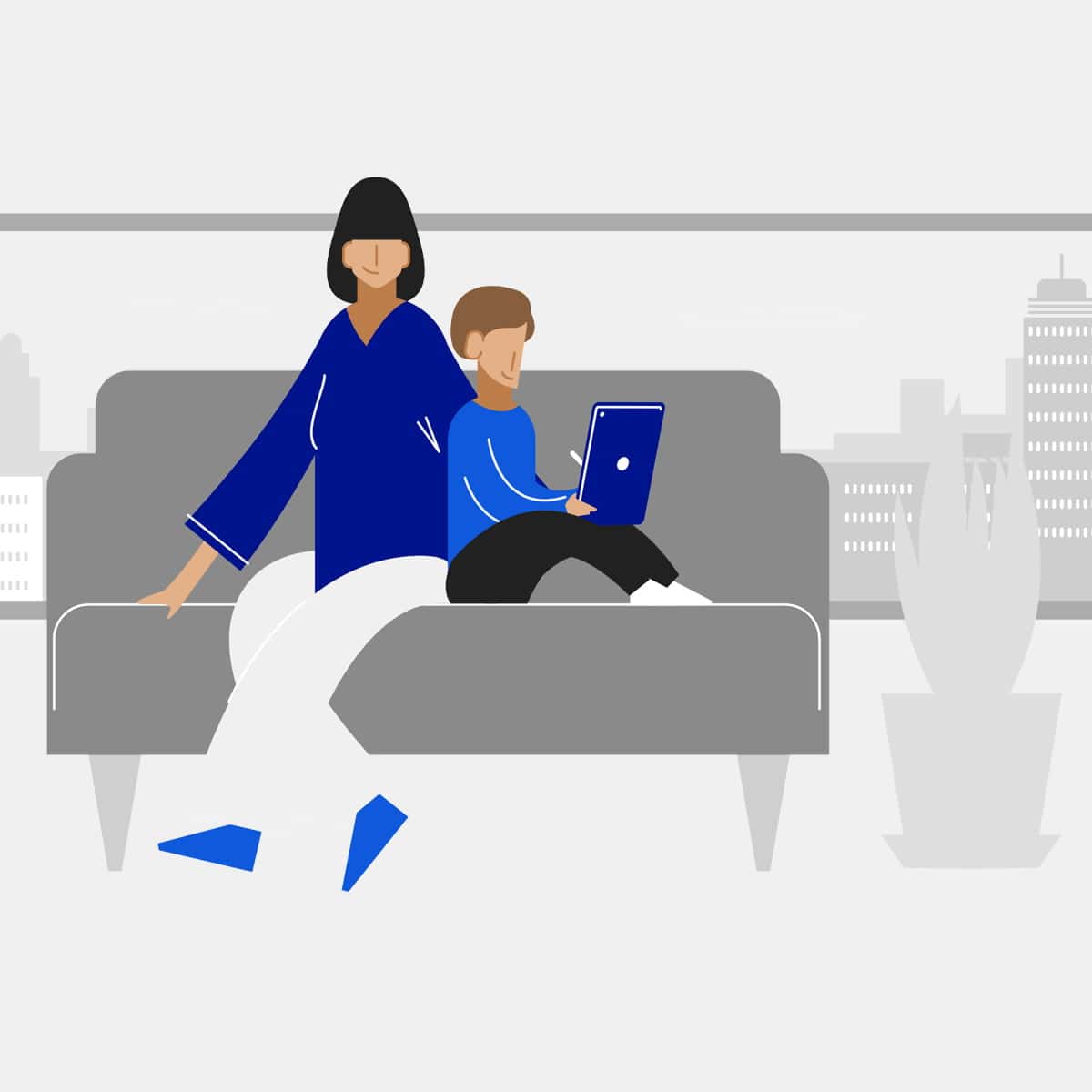Ultimate Guide to Parental Control: Keeping Your Kids Safe Online
Welcome, concerned parents! ???????? If you’re looking for ways to keep your kids safe online, you’ve come to the right place. The internet is an incredible resource full of knowledge, entertainment, and opportunities for social connection. But let’s face it, it can also be a place where young minds might stumble upon content that’s not so suitable for them. That’s why establishing parental controls is essential for safeguarding your children in this digital age.
Understanding the Need for Parental Controls
The digital landscape is constantly evolving, and so are the ways in which children interact with it. Whether it’s social media, online games, or educational content, having the right parental controls in place helps ensure that your child’s online experiences are safe, healthy, and appropriate for their age.
What Are Parental Controls?
Parental controls are tools and software options that allow you to regulate what your children can do and see online. These can range from simple settings in web browsers and devices that filter out adult content to comprehensive monitoring apps that track online activity and set limits on screen time. ???
Setting Up Parental Controls: Where to Begin?
Setting up parental controls can seem daunting, but fear not! We’ll walk you through it step-by-step. Let’s get started:
Step 1: Start at the Source
Begin by setting up parental controls on your home Wi-Fi network. This is the gateway to all things online within your home. Most routers have built-in parental control options that can be accessed through the router’s settings page. Here you can filter content, restrict access times, and set up monitoring. This might involve some technical know-how, but a call to your internet service provider can help get you on the right track! ??
Step 2: Device-Level Protection
Next, your attention should shift to the devices themselves. Tablets, smartphones, computers—all of these can have parental controls set directly on them.
- For Android devices: Use Google’s Family Link app to control app downloads, monitor screen time, and remotely lock devices.
- For Apple products: Utilize the Screen Time settings to limit app usage, schedule downtime, and manage content & privacy restrictions.
- For Windows computers: Take advantage of Microsoft Family Safety features that can help you set screen time limits, content filters, and even track device location.
Step 3: Explore Browser Settings and Safe Search
Each web browser has its own way to enable safe browsing for kids. Look into setting up these safe browsing features in your preferred web browser. Additionally, turning on ‘Safe Search’ options in search engines like Google can filter out explicit content from search results, providing an extra layer of security. ??
Step 4: Educate Your Children
The most important aspect of online safety is education. Have an open conversation with your kids about the potential risks of the internet and why parental controls are in place. Encourage them to come to you if they encounter anything online that makes them feel uncomfortable. Remember, parental control is not just about setting limits; it’s about guiding and teaching. ????
Armed with the right approach, you can make the internet a secure and enjoyable place for your kids. But wait, there’s more! In the next section, we’ll dive into additional components of parental controls, including app-specific settings, age-appropriate content recommendations, and tips on maintaining open communication with your tech-savvy kids. Stay with us as we continue this crucial exploration into the world of online safety for children.
Eager to learn more? Keep reading as we further unravel the intricacies of setting up the perfect digital environment for your little ones, providing you with peace of mind and your children with a treasure trove of safe, accessible content to explore, learn from, and enjoy!

Five Things Parents Should Know in Preparing for Parental Control on the Internet
1. Get Familiar with Your Child’s Online Activities
Before setting up parental controls, understand where and how your children spend their time online. Ask them about their favorite websites, games, and social platforms. This knowledge helps tailor the parental controls to fit their needs and protects them from the specific risks they may encounter. ???????
2. Choose the Right Tools for Your Family
There’s a multitude of parental control tools available. Some offer simple content filtering, while others provide comprehensive features like location tracking and social media monitoring. Research and pick the ones that best match your family’s requirements. Tools like Qustodio, Net Nanny, and Bark offer various levels of control and monitoring, so evaluate their features thoroughly. ???
3. Understand the Limitations of Parental Controls
While parental control tools are powerful, they are not foolproof. Tech-savvy kids might find ways around them, and no tool can replace the need for open dialogue about responsible internet use. Use these tools as a part of a broader approach to your child’s online safety, which includes education and communication. ???
4. Stay Up-to-Date with Digital Trends
The digital world is ever-changing, with new apps and trends popping up all the time. Parents need to stay informed about the latest developments to understand what their children may be exposed to. Following tech blogs, joining parenting forums, and using news aggregator apps can keep you updated. ??
5. Embrace Technology Alongside Your Children
The best way to understand the risks and rewards of the online world is to explore it together with your kids. Engage in their digital interests, play their games, learn about their favorite creators, and use that as a basis for teaching them about online safety. This approach not only protects them but also strengthens your relationship. ????????
With these five key points in mind, you’re now better equipped to set the stage for a safe and positive online environment for your children. Balancing the technical aspects of parental controls with proactive communication and education is critical. Keep it fun, keep it safe, and remember that you are the most important guide your child has in navigating the wonders of the web. ??
Is your interest piqued? There’s still so much more to share about ensuring your child’s digital wellbeing. Our comprehensive guide continues with practical advice on dealing with specific online scenarios, understanding privacy settings, and keeping an ongoing check on the effectiveness of the parental controls you’ve set. By staying vigilant and informed, you’ll empower your children to develop into responsible digital citizens while still enjoying all the benefits that technology can offer. So, let’s keep the momentum going and dive deeper into creating a harmonious digital home!
See more great Things to Do with Kids in New Zealand here. For more information see here
Disclaimer
The articles available via our website provide general information only and we strongly urge readers to exercise caution and conduct their own thorough research and fact-checking. The information presented should not be taken as absolute truth, and, to the maximum extent permitted by law, we will not be held liable for any inaccuracies or errors in the content. It is essential for individuals to independently verify and validate the information before making any decisions or taking any actions based on the articles.




